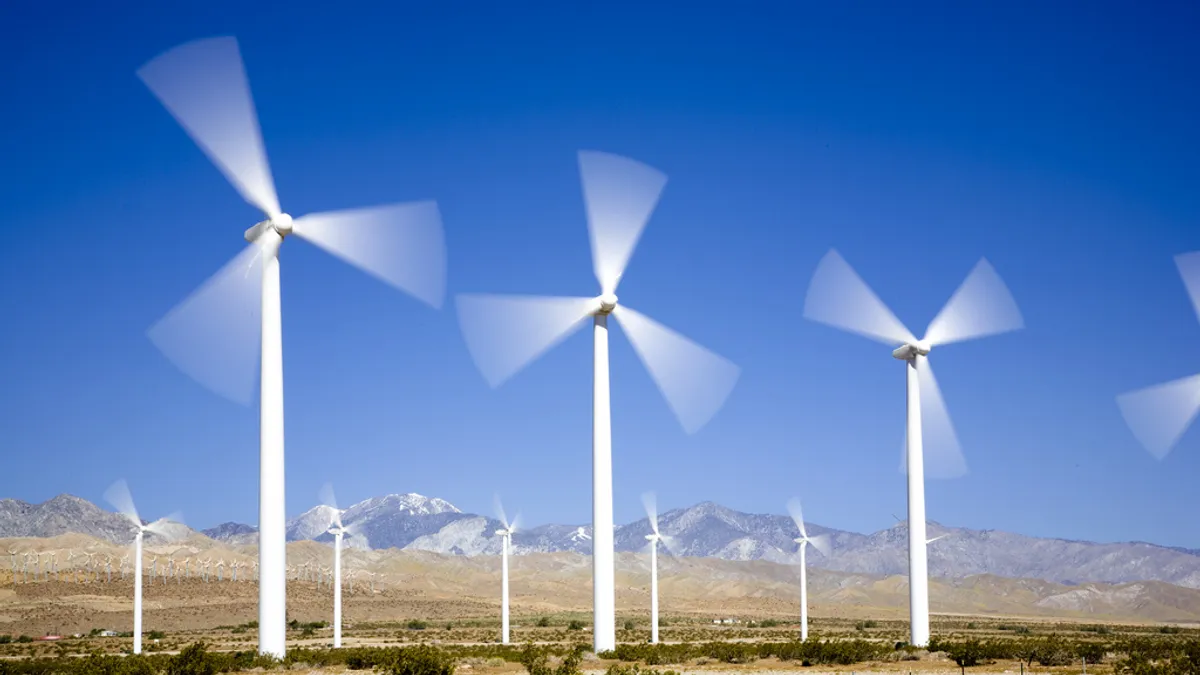Dive Brief:
- Federal regulators last week proposed more detail for a voluntary incentive program that is a part of the Clean Power Plan, moving to assist states with renewables and low-income efficiency measures despite the Supreme Court's decision to stay the climate change rule, the Hill reports.
- The U.S. Environmental Protection Agency's Clean Energy Incentive Program is designed to credit states for early CPP compliance action, and because it is voluntary, the government believes issuing proposed rules is consistent with a delay in the law's implementation.
- The proposed incentive program rules include clarifications about project eligibility, including expanding eligibility to solar energy project in low-income communities, and provide states with the flexibility to choose one or more existing definitions of low-income communities.
Dive Insight:
The high court may have delayed implementation of the Clean Power Plan but federal officials say their state-focused renewable and efficiency program is voluntary and consequently, moving ahead is consistent with the Justices' decision.
“For nearly a year we have collaborated with communities and other stakeholders, listening closely to ideas about how to design a range of elements of the CEIP. Today’s proposal keeps that conversation moving forward,” Janet McCabe, acting assistant administrator for EPA’s Office of Air and Radiation, said in a statement. “Taking these steps will help cut carbon pollution by encouraging investment in renewable energy and energy efficiency, which will help give our kids and grandkids a healthier and safer future.”
EPA said its rule proposals were the result of "an extensive outreach and engagement process" to gather early input on how to design a number of features of the CEIP, including stakeholder listening sessions and a non-regulatory docket that gathered more than 5,000 comments. The agency has opened a 60-day comment period on the rules, and will hold a public hearing on August 3 in Chicago.
The proposed rules can be found here.
Among the rule provisions being considered, regulators are seeking comment on how the EPA's matching pool of allowances and emission rate credits will be made available to states and tribes that choose to participate in the CEIP. The pool of credits is equivalent to 300 million short tons of CO2 emissions, EPA said in a fact sheet on the proposal.
The agency is also proposing a limited expansion of the types of projects eligible for the CEIP: for low‐income community projects, both demandside energy efficiency and solar renewable energy projects could be implemented to serve low-income communities. And EPA is proposing a limited expansion of the list of CEIP eligible technologies "for renewable programs, beyond solar and wind, to include geothermal and hydropower."
Republicans oppose the agency's push ahead with the new rules as the Clean Power Plan remains stayed.
According to The Hill, Sen. James Inhofe (R-OK) last week said the EPA "is attempting to downplay the significance of the stay and argue against clear legal precedence as a last-ditch effort to scare states into spending scarce resources complying with a rule that could very well be overturned."















